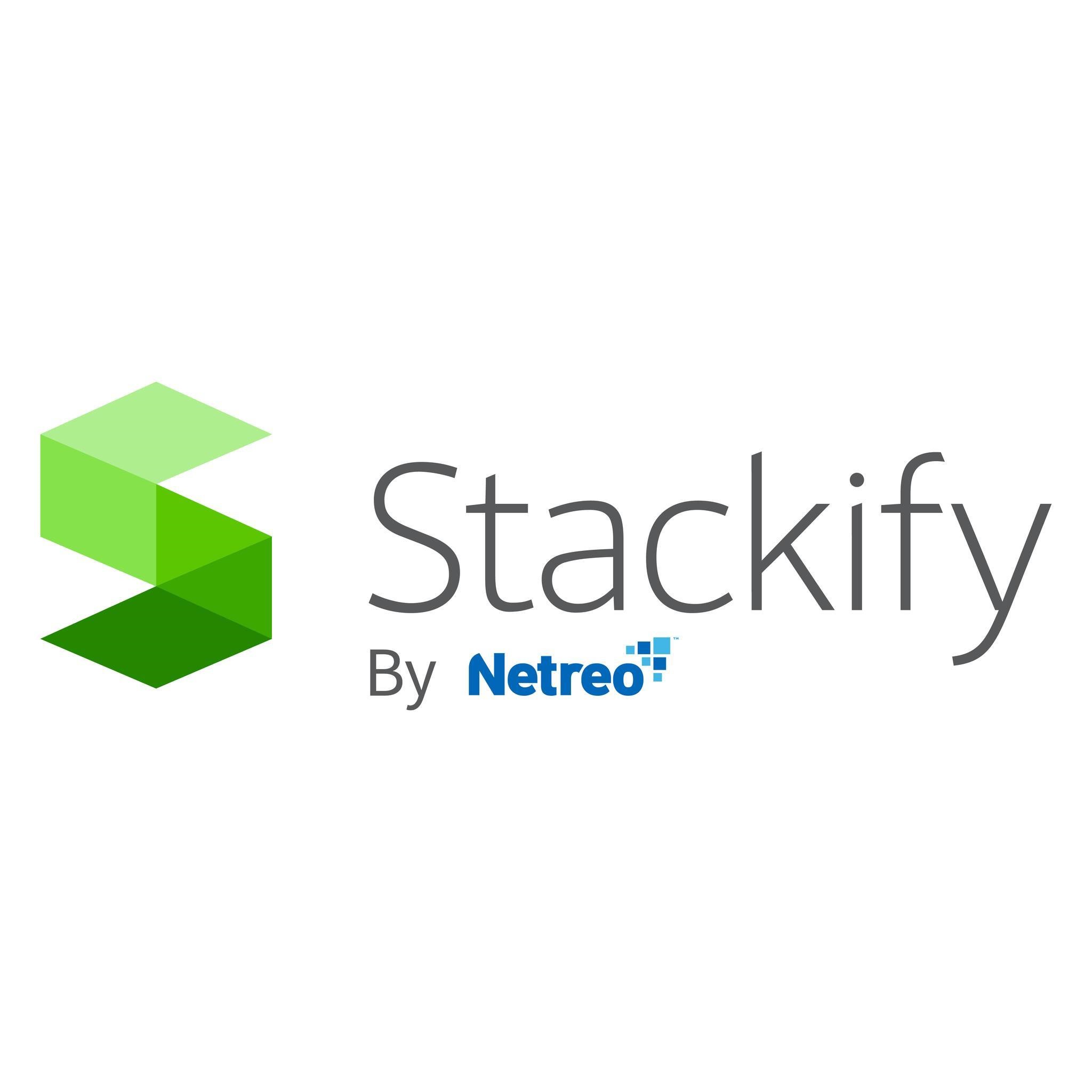Demystifying Observability: OpenTelemetry in PHP and Understanding SLOs
 Stackify
Stackify
As observed in the modern world there is competition in development of software and therefore the efficiency, effectiveness and usability of the applications being developed should be always considered. Observability which refers to the ability of gaining an end-to-end view of how an application works is crucial in achieving this goal. This guide looks at opentelemetry example, a tool for building observability into applications and logs telemetries in PHP, and it will consider the Service Level Objective and explain what is slo to set dependable performance indicators.
1. OpenTelemetry: Unveiling the Observability Powerhouse
That is when OpenTelemetry is a vendor-independent solution to instrument applications and gather telemetry information. It prescribes the format of the API alongside with the format of the data that can be consumed by multiple monitoring tools and backends for processing telemetry revealed within the application, no matter the programming language used.
Benefits of OpenTelemetry:
Language and Vendor Neutrality: The godsend aspect of OpenTelemetry is that it is quite versatile; it can be used separately from different programming languages, including PHP, and used together with some or any monitoring tools emanating from a particular group of necessities.
Improved Observability: Due to the diverse data points that can be collected through telemetry, opentelemetry example gives you the ability to better understand your application’s behavior based on performance metrics, health checks, and users’ activity.
Streamlined Monitoring: OpenTelemetry helps in fact in managing traces, also you don’t have to worry about all of these different vendor-specific libraries.
Key Concepts in OpenTelemetry:
Spans and Traces: OpenTelemetry works with the flow of requests in your application as traces where every trace corresponds to a user journey. Spans are subdivided into traces, which are individual work items within a request.
Metrics: While, metrics, as a key component of OpenTelemetry, gathers numerical data (f. e. response time, memory consumption) to offer a numerical view at your application.
Logs: Logs of the events and messages that occur or are sent by your application provide useful information for problem-solving and diagnostics.
OpenTelemetry for PHP
OpenTelemetry php is a project that contains an official SDK for PHP that lets you integrate tracer, metrics, and logger into PHP applications. This SDK supports the integration with the various monitoring backends such as Jaeger, Prometheus and Grafana to offer a fully-fledged elastizability.
2. OpenTelemetry in Action: A Practical PHP Example
Let's consider a simple example of how OpenTelemetry can be used in a PHP application:
PHP
use OpenTelemetry\API\Trace\Tracer;
use OpenTelemetry\Context\Context;
They contain procedures to get the current tracer such as TimedExec, as well as files for such procedures like TimedExec. vbd.
$tracer = Tracer::getTracer('my-app');
(Note 5) // Begin a new trace for the request
$span = $tracer->spanBuilder('process_order')
->setParentContext(Context::getCurrent())
->startSpan();
// . . . Actual code that pertains to the basic functionality of your software is housed here . . .
// End the span
$span->end();
Here we add a new span with the name of “process_order” in order to monitor the work with an order in the application. This span can be further explained with the help of some details like ID of the order or any other information about the user. OpenTelemetry will then gather this data and forward it to the monitoring backend of your preference for processing.
3. Setting the Bar: Understanding Service Level Objectives (SLOs)
Service Level Objectives (SLOs) are documented targets that set down how the service is expected to perform. They establish measurable goals for key metrics, such as:
Availability: The number of actual weeks within a year that a given service is available and functional to the users.
Latency: The time it takes before a service gets to respond to the request of a user.
Error Rate: The overall ratio of the failed requests to the total amount of requests.
Benefits of Implementing SLOs
Clear Performance Expectations: SLOs play an important role in defining clear expectations for stakeholders and mapping them to the levels that are required from development and operation teams.
Proactive Monitoring: The idea of using SLOs lies in the fact that through their establishment and controlling, it will be possible to predict future problems before they affect the users.
Data-Driven Decision Making: SLOs offer an opportunity to empirically underpin decision making processes concerning performance enhancement and resource management.
Here's a simple SLO example:
Service: E-commerce product page
Metric: Page Load Time
SLO: Access to the product page will take not more than 3 seconds for a one month’s average users.
Usually, the mean time to achieve a certain level of a page in terms of page load time is set as an SLO, if the level is not met, an alert can be raised and problems with application optimization can be solved.
4. Conclusion: A Synergy for Success
OpenTelemetry gives you everything to gather complete telemetry with the help of SLOs, which give you a definition of performance expectations. By leveraging both concepts, you establish a robust observability practice that empowers you to:
Understand more about the state of your application and its performance.
Minimise the chances of potential problems affecting the users by identifying these problems ahead of time.
Preemptively identify inessential functionalities and processes in the application with the aim of enhancing its efficiency and the users’ satisfaction.
Subscribe to my newsletter
Read articles from Stackify directly inside your inbox. Subscribe to the newsletter, and don't miss out.
Written by

Stackify
Stackify
Stackify is a comprehensive application performance management and troubleshooting platform that helps businesses monitor, analyze, and improve their software applications. Stackify offers a wide range of tools and services designed to simplify application management, including real-time performance monitoring, error and log management, application tracing, and server monitoring. The platform is easy to use and provides a unified view of application performance across all layers of the software stack, making it easier for businesses to identify and resolve issues before they impact end-users. Stackify's powerful analytics and reporting features provide valuable insights into application performance trends, enabling businesses to optimize their software applications and improve customer satisfaction. With Stackify, businesses can streamline their application management processes, reduce downtime, and improve overall efficiency. The platform is designed to support businesses of all sizes and is particularly well-suited for developers, IT operations teams, and DevOps professionals.